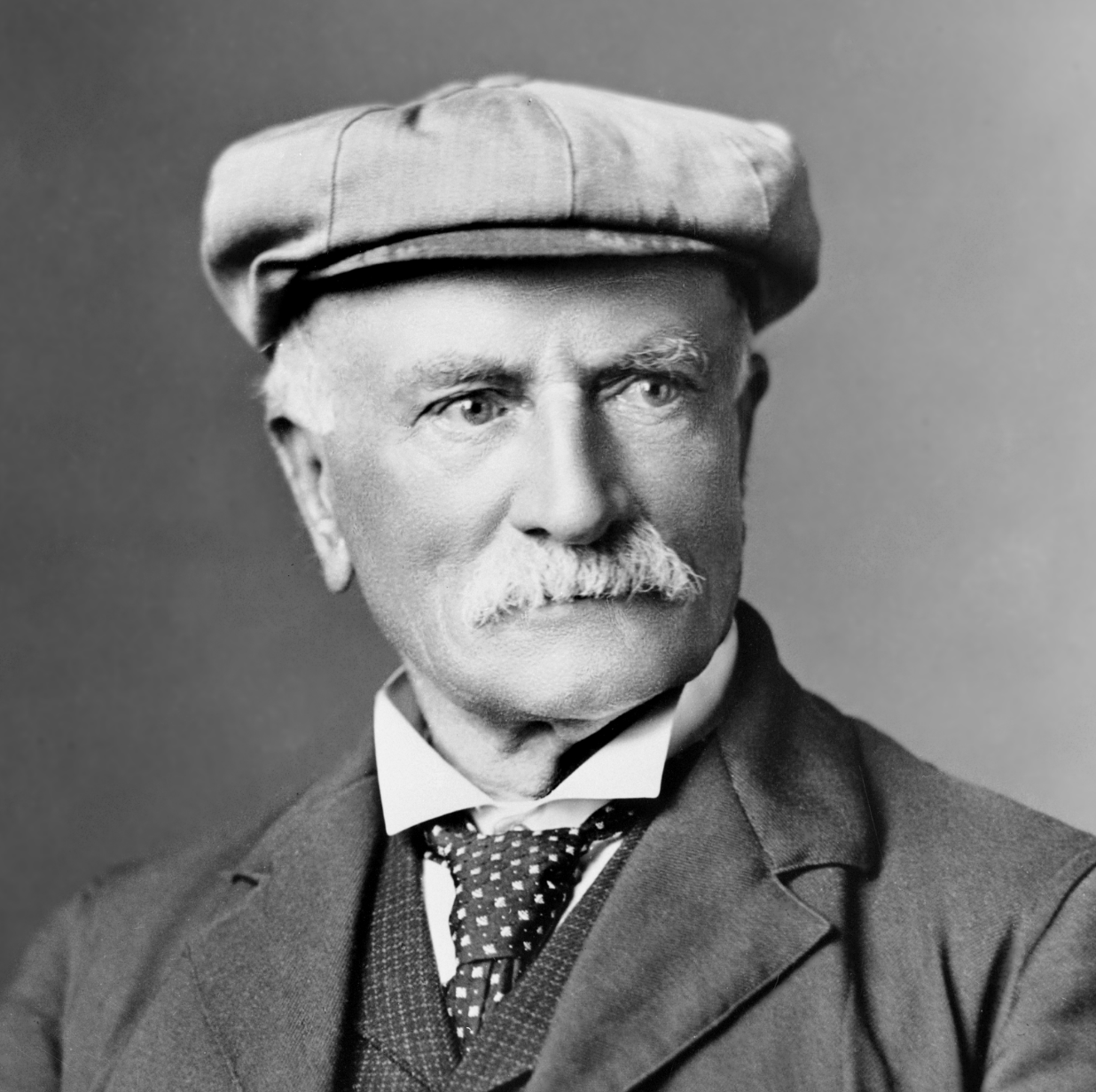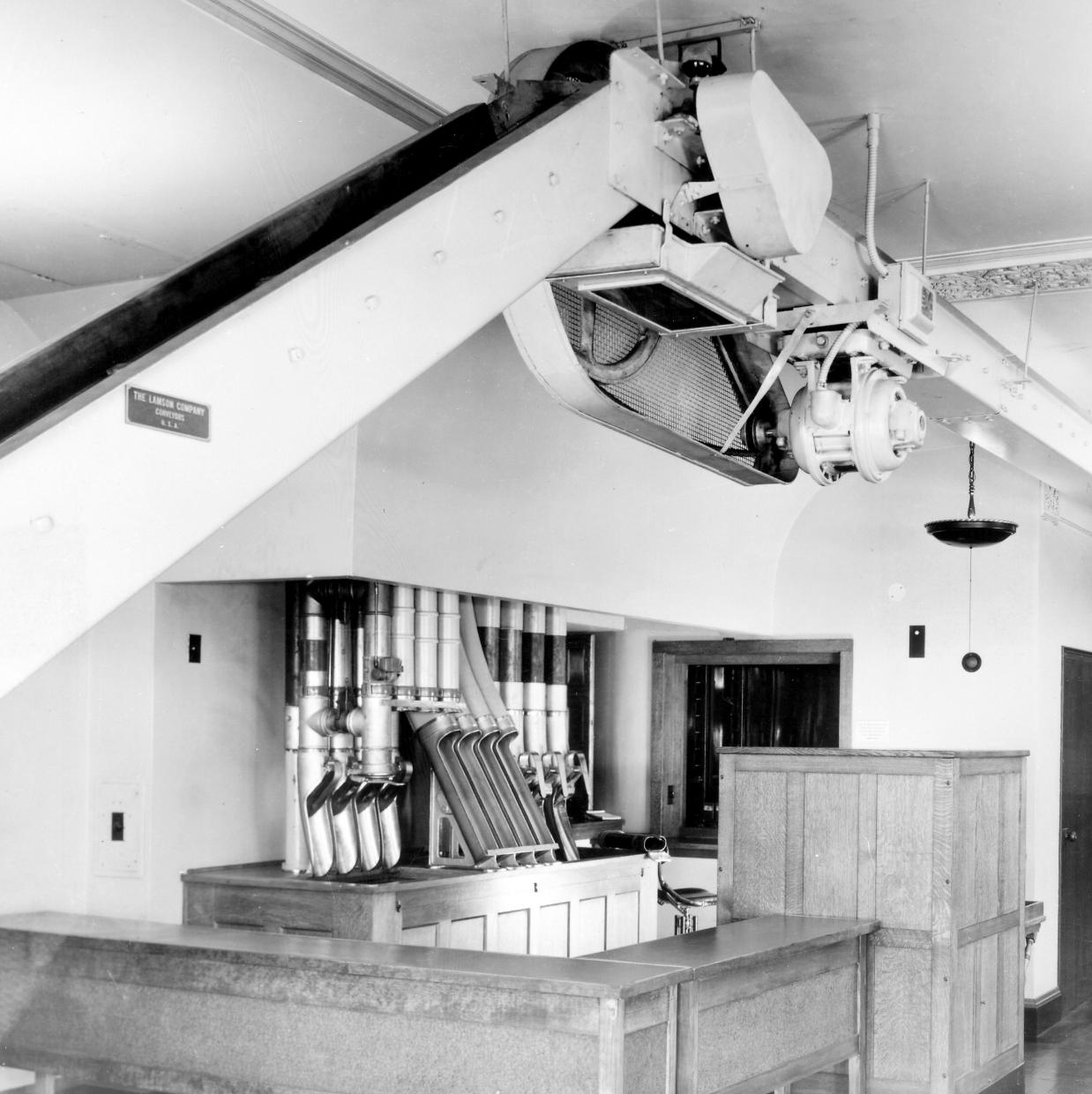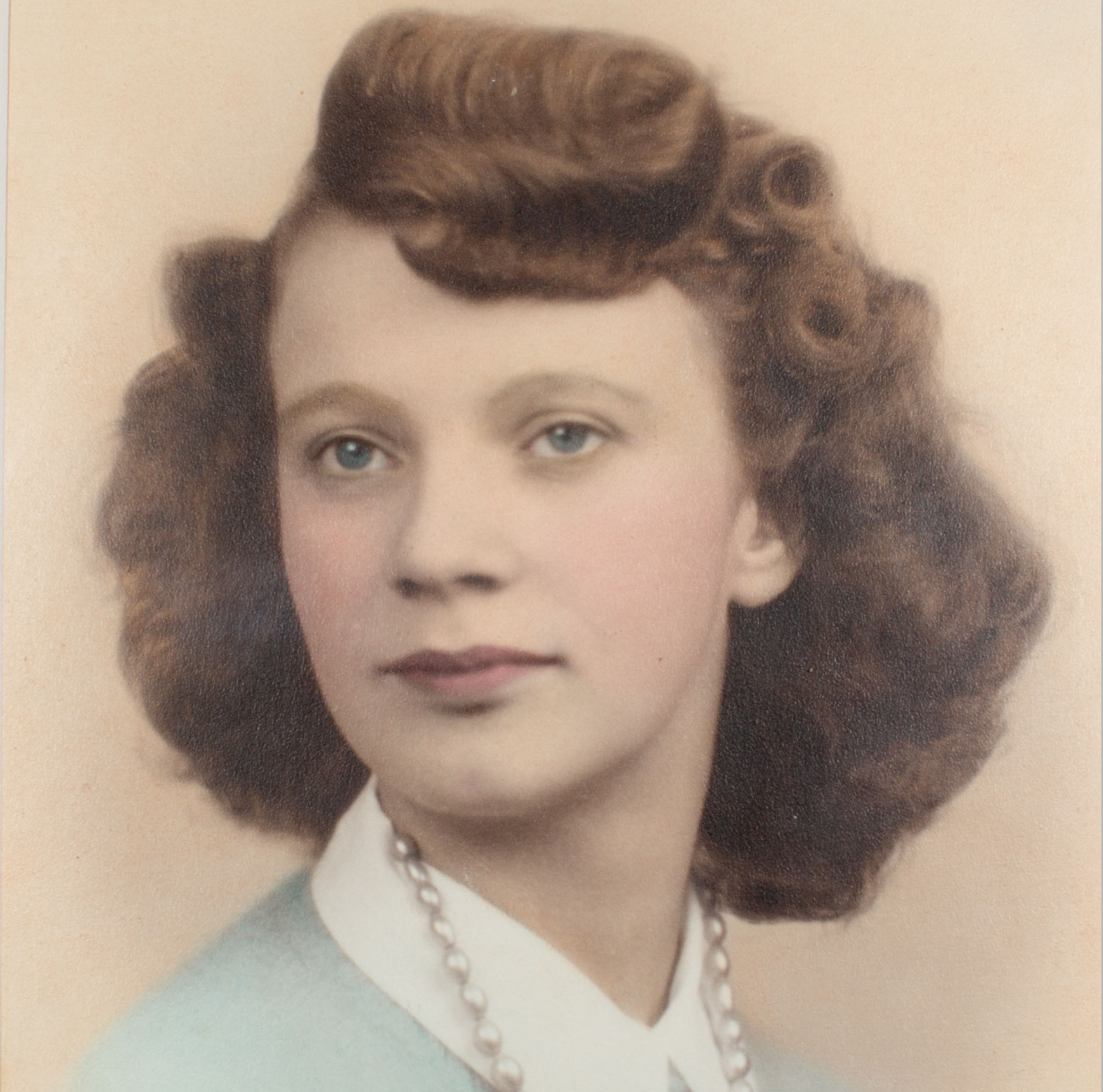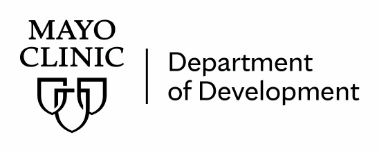How well do you know our history of healing?
Behind every breakthrough, every step forward in research and care, and every positive outcome in our history is the generosity and commitment of our benefactors.

From abdominal surgery and aerospace medicine to x-ray technology and Zollinger-Ellison Syndrome (a disease of the stomach and pancreas), there’s not a field of medicine or an aspect of health-care delivery that hasn’t been transformed by advances made at Mayo Clinic. In fact, it’s safe to say that even if you’ve never been treated at Mayo Clinic, you have benefitted from the breakthroughs made here over the last 150 years and more!
In every case, these game-changing breakthroughs can be traced back to the generous support of our committed benefactors.
Mayo Clinic’s single most important contribution to health care may be the one that defined us from the very beginning: Dr. W.W. Mayo’s establishment of the world’s first integrated, multispecialty medical practice, in which experts from different fields of medicine could work together as colleagues, all focused on putting the needs of the patient first.
But that’s not the only way Mayo Clinic has transformed how hospitals work and how care is delivered. When Dr. W.W. Mayo’s sons, Dr. Will and Dr. Charlie, needed a new home for their clinic, they did more than construct a building. They reinvented health care! Working with Dr. Henry Plummer and his assistant Mabel Root, they designed a building filled with pneumatic tubes and conveyor belts that could carry a patient’s records from specialist to specialist at high speed. And those records? Years before, Dr. Plummer and Miss Root created a unified, cross-indexed system to store all of a patient’s medical data in one file, instead of each doctor keeping their own records. Just like the multispecialty practice, that kind of system may seem obvious now, but it was invented at Mayo Clinic!

Dr. W.W. Mayo
Multispecialty Medical
Practice
1890s

Dr. Henry Plummer
Unified, Cross-Indexed System of Medical Data
1914

Patsy Thomas
First Effective Treatment
for Tuberculosis
1944
Patsy Thomas is another important name in Mayo Clinic history. In the 1940s, tuberculosis (TB) was a major issue, and still thought to be incurable. Two Mayo Clinic researchers, Corwin H. Hinshaw, Ph.D., M.D., and William H. Feldman, D.V.M., were working tirelessly to change that. They identified a promising drug, streptomycin, and a patient, Miss Thomas, who was willing to be part of a clinical trial. In 1944, she became the first human to receive streptomycin to treat TB. Within months, her TB had receded enough that surgeons were able to remove the remaining infection, leaving her free of the disease. This was the first effective treatment for TB in history!
There are so many more “firsts” in Mayo Clinic history, all made possible by generous benefactors. The first successful open-heart surgeries. The first effective treatment for psoriasis. The creation of the ketogenic diet to control epilepsy. The first dedicated postoperative intensive care unit. The first FDA-approved total hip replacement in the U.S. The first treatment of asthma with cortisone. And that’s still just the start. Even things we take for granted, like the G-suit for military pilots, or the system that grades cancer severity from Stage 1 to Stage 4, were developed at Mayo Clinic.
We’re proud of this history, but we aren’t resting on our achievements. We’re convinced even more important breakthroughs lie ahead of us, because there are so many questions still to answer, and so many patients and families counting on us to find those answers. Benefactors are an essential part of the Mayo Clinic community, and we’d love to have you join us!
